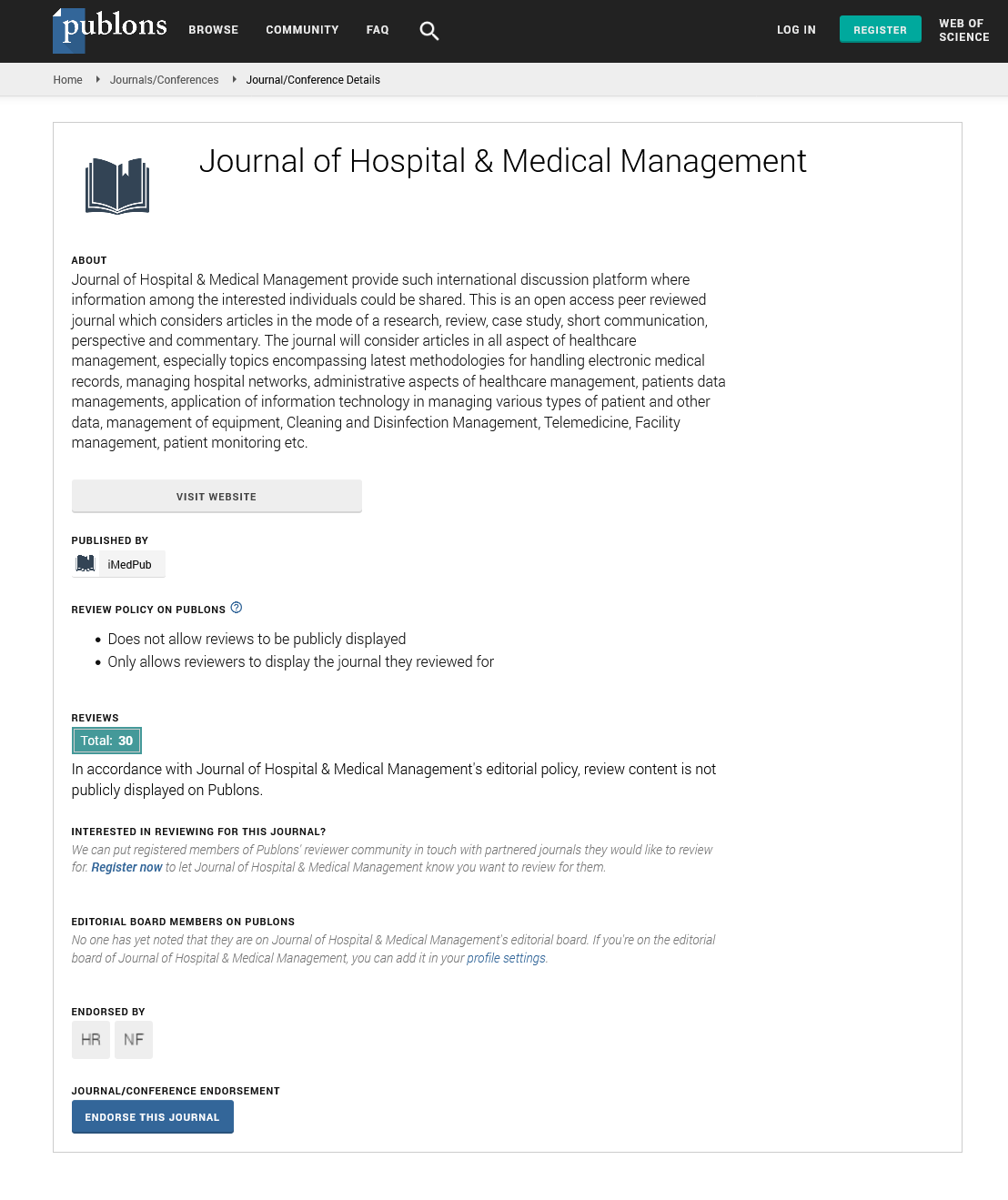Abstract
Staphylococcus aureus Surface Colonization of Medical Equipment and Environment, Implication in Hospital- Community Epidemiology
Staphylococcus aureus has been known to be a predominant nosocomial infection occurring majorly among immune-compromised patients in hospital environments and other health care facilities. This study was carried out to identify the prevalence of Staphylococcus aureus on fomites in both male and female orthopedic wards, Radiology Department and the hospital environment at the Obafemi Awolowo University Teaching Hospital Complex (OAUTHC), Ile-Ife, Nigeria.
Standard conventional methods of microbial analysis in isolation of S. aureus including catalase, coagulase and DNase tests as well as the antibiograms of the isolates from fomites were determined. Out of 34 (thirty-four) samples collected, 11 samples were confirmed positive for S. aureus isolates with the female ward constituting of 45.5%. Pure cultures of S. aureus isolated were 100% susceptible to both ciprofloxacin and pefloxacin, 69% resistant to amoxicillin and ampiclox, 80% to septrin, 54% erythromycin, 31% streptomycin, 38% rocephin and 15% to gentamycin used. Periodic routine disinfection of hospital environment should be implemented in order to reduce the risk of infection among patients and staff. Protocols to reduce the transmission may need to be extended to hospital beds, trolleys, nurse desk, tables and taps. Frequent need for strict compliance to effective Infection Control Program must be maintained.
Author(s):
Obafemi Awolowo University Ile Ife, Osun,
Nigeria
Abstract | Full-Text | PDF
Share this

Google scholar citation report
Citations : 319
Journal of Hospital & Medical Management received 319 citations as per google scholar report
Journal of Hospital & Medical Management peer review process verified at publons
Abstracted/Indexed in
- Google Scholar
- China National Knowledge Infrastructure (CNKI)
- WorldCat
- Publons
- International Committee of Medical Journal Editors (ICMJE)
Open Access Journals
- Aquaculture & Veterinary Science
- Chemistry & Chemical Sciences
- Clinical Sciences
- Engineering
- General Science
- Genetics & Molecular Biology
- Health Care & Nursing
- Immunology & Microbiology
- Materials Science
- Mathematics & Physics
- Medical Sciences
- Neurology & Psychiatry
- Oncology & Cancer Science
- Pharmaceutical Sciences


